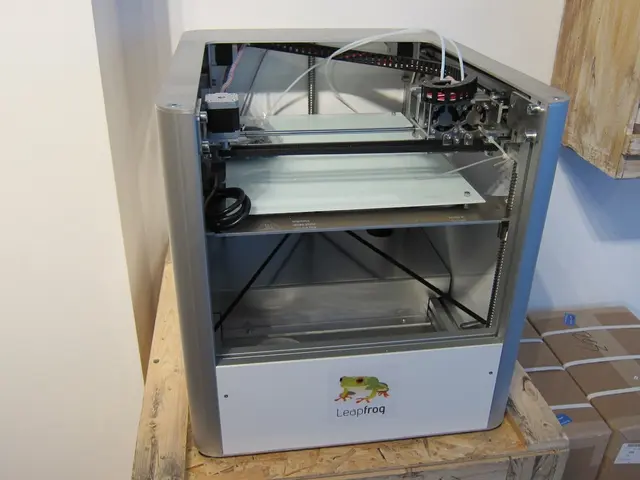Advantages of Regenerative Horticulture: Soil Improvement and Carbon Capture
Regenerative gardening is an innovative approach to farming and gardening that focuses on improving soil health and promoting carbon sequestration. This method, which is gaining popularity, employs a variety of practices to enhance the vitality of the soil, increase biodiversity, and reduce chemical inputs.
One of the key strategies in regenerative gardening is the implementation of no-till or reduced tillage techniques. By minimizing soil disturbance, these practices protect beneficial organisms and enhance soil structure, leading to increased organic matter, improved water cycles, and reduced carbon loss.
Increasing organic material is another essential aspect of regenerative gardening. Adding organic matter such as compost or mulch to the soil not only enhances its fertility and structure but also supports beneficial microorganisms, improves soil carbon storage, and enhances nutrient cycling.
Cover cropping, planting crops between cash crops to protect the soil, is another beneficial practice. Cover crops help enhance soil biodiversity, reduce erosion, and increase soil organic matter. Additionally, they can help retain moisture in the soil, reducing the need for irrigation and enhancing drought resilience.
Crop rotation is another important strategy, as it optimizes soil health and reduces pests. By rotating crops, farmers and gardeners can improve soil structure, reduce pest populations, and enhance nutrient availability.
Conservation practices, such as terracing and contour farming, are also employed to reduce erosion and improve water infiltration. These practices protect the soil, enhance water retention, and support biodiversity.
Carbon farming techniques are implemented to capture carbon dioxide and convert it into soil organic matter. These practices increase soil health, fertility, and water retention, while sequestering carbon.
Planting native vegetation and windbreaks is another critical component of regenerative gardening. These plants secure topsoil, enhance ecosystem biodiversity, protect the soil from erosion, and support local ecosystems.
The organic matter in the soil, which includes decomposed plant and animal materials, is rich in carbon and can be stored for long periods, contributing to carbon sequestration. The organic matter also encourages beneficial microbial activity in the soil, further improving soil health.
Regenerative gardening not only increases the soil's biological diversity but also improves crop yields. Healthier produce is a result of these practices, making regenerative gardening not only environmentally friendly but also beneficial for food production.
In conclusion, regenerative gardening practices offer a promising solution for mitigating climate change by allowing the soil to trap additional carbon, while simultaneously improving soil health and promoting biodiversity. Embracing these practices can lead to a more sustainable and resilient food system.
- Regenerative gardening's focus on increasing organic matter, such as adding compost or mulch, not only enhances soil fertility and structure but also supports environmental-science practices like carbon sequestration, supporting beneficial microorganisms, and improving nutrient cycling.
- Adopting carbon farming techniques, like planting native vegetation and windbreaks, contributes to climate-change mitigation by converting carbon dioxide into soil organic matter, securing topsoil, and enhancing ecosystem biodiversity, all essential elements of environmental-science.
- The lifestyle choices we make at home, such as implementing regenerative gardening practices and adopting home-and-garden strategies like reducing chemical inputs or using no-till techniques, can have a significant impact on the environment, promoting a healthier environment and contributing to the field of science, such as climate-change and environmental-science.




